Using the System Utilities
Administrative Tools
- Most of the Administrative Tools use the Microsoft Management Console (MMC).
- The Microsoft Management Console (MMC) is a framework that simplifies the development of administrative tools.
- The Administrative Tools in Windows 7 include:
- Component Services: It is used to configure settings for some applications.
It includes settings for
COM1, DCOM, and Distributed Transaction Coordinator. Typically, these settings are only modified
if you receive instructions from an application developer or as part of a troubleshooting document.

- Computer Management: It manages disks and provides access to other tools to manage local and remote computers.

- Data Sources (ODBC): It is used to configure data sources for applications that require access to a database.Open Database Connectivity (ODBC) is a standard mechanism for applications to access databases.
Applications written to use ODBC can communicate with any supported database such as Microsoft SQL Server, Microsoft Access, or Oracle databases. A network administrator must then conf gure an ODBC data source to communicate with the proper database. This
isolates the application from the database, makes application development easier, and provides
greater flexibility when choosing a database.
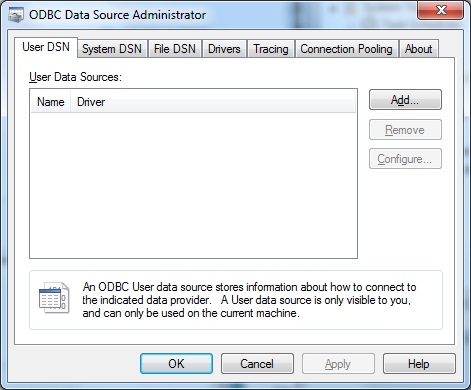
- Event Viewer: It is used to view messages from applications or Windows 7.
These messages are
useful for troubleshooting errors. The version of Event Viewer in Windows 7 is significantly enhanced over the Event Viewer included with Windows XP.

- iSCSI Initiator: It allows computers to communicate with external disks over standard Ethernet networks.
Ethernet networks. External storage devices that support iSCSI are known as iSCSI targets. The
computers that access iSCSI targets are iSCSI initiators. The iSCSI Initiator tool lets you configure Windows 7 to communicate with iSCSI targets and use the iSCSI targets as external disks
over the network. The iSCSI protocol is used only in corporate environments and mostly on
servers rather than workstations.
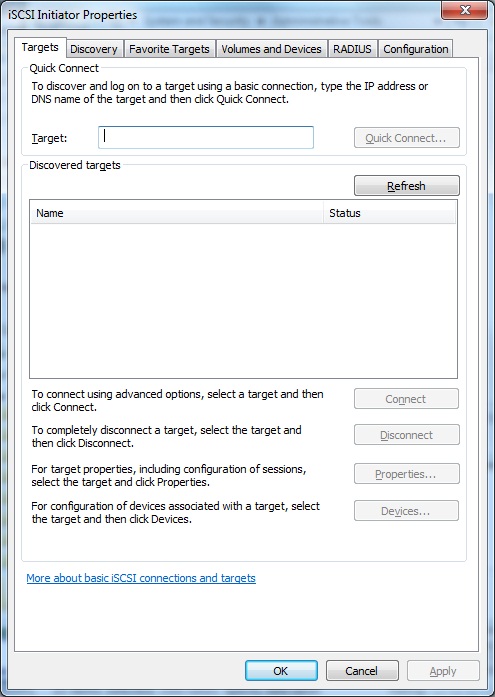
- Local Security Policy:It allows you to edit a wide variety of security settings on the local computer. Some of the settings include password policies, account lockout policies, auditing policies, user rights assignment, and software restriction policies.
When Group Policies are used
in a corporate environment, the group policy settings conf gured centrally by the administrator
override the settings configured locally.

- Performance Monitor: It is used to monitor and troubleshoot performance issues in Windows 7. It includes the ability to monitor many system resources including the processor, disk, memory, and the network.
Performance Monitor can log resource status over time and generate reports.
Performance Monitor replaces the Performance tool in Windows XP.

- Print Management: It allows you to monitorn and manage local and network printers.

- Services: It allows you to configure Windows 7 services.

- System Configuration: It gives you access to boost configuration, service startup, startup applications, and system tools.
The General tab lets you select the type of
boot you want to perform. The Boot tab lets you configure boot options such as Safe Mode. The
Services tab lets you enable or disable services. The Startup tab lets you see and disable all of the
applications that Windows 7 is starting automatically. The Tools tab gives you easy access to a
variety of system tools such as the Registry Editor.
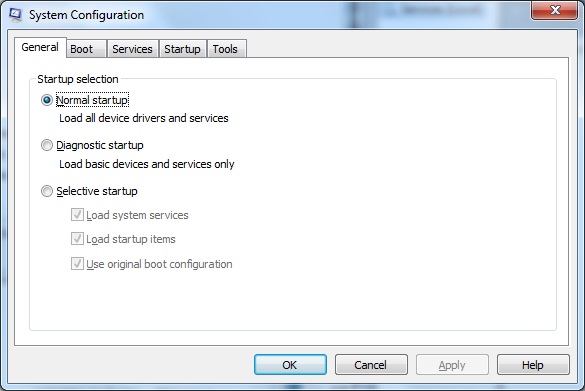
- Task Scheduler: It lets you create system maintenance tasks that are performed on a regular schedule or when system events occur.
The Task Scheduler in Windows 7 is greatly enhanced
over Windows XP. New features include a history log and additional trigger mechanisms.
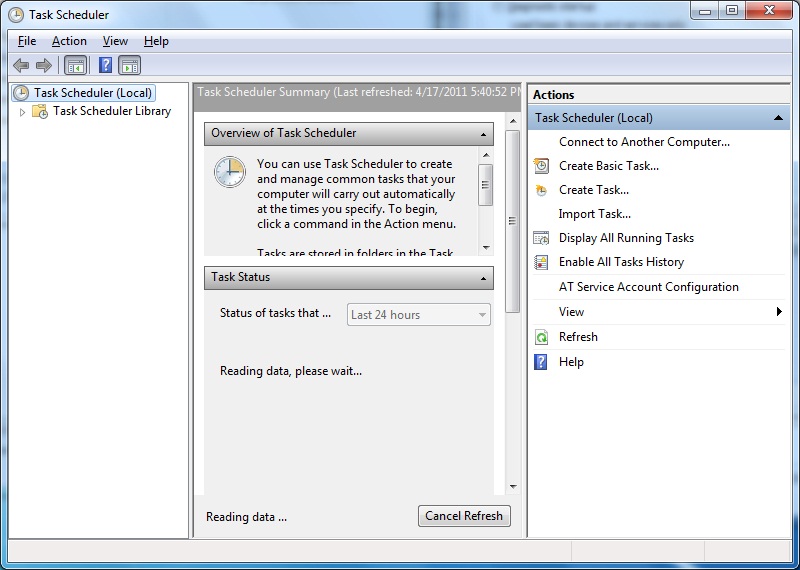
- Windows Firewall with Advanced Security: it is an advanced editor for configuring Windows Firewall. It is able to configure advanced settings for Windows Firewall that are not available through the Windows Firewall applet in Control Panel. In addition, Windows Firewall with Ad-
vanced Security can also conf gure IPSec settings. IPSec is a protocol used to encrypt data com-
munication over the network. This tool was new in Windows Vista.
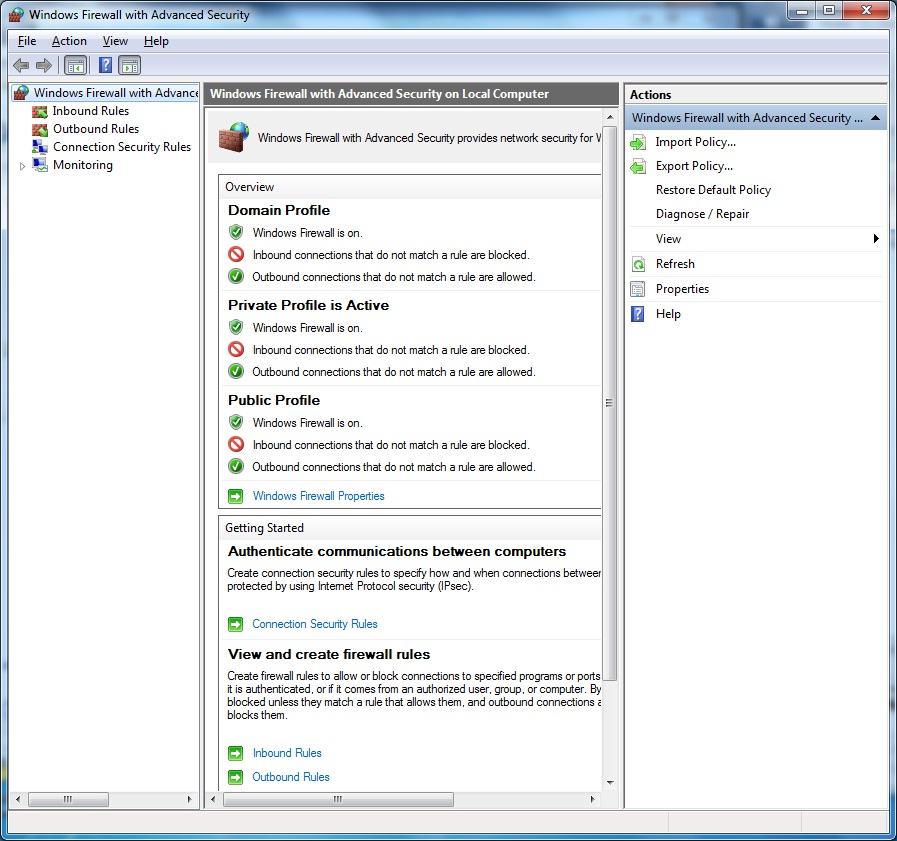
- Windows Memory Diagnostic: It is used to to perform tests on the physical memory of a computer running Windows 7.
The physical memory of a com-
puter cannot be tested when Windows 7 is running because the memory diagnostics tool needs
access to test all of the memory, including the memory used by Windows 7. So, when you choose
to use the Memory Diagnostics Tool, your computer reboots to run the tool without Windows 7 in memory.
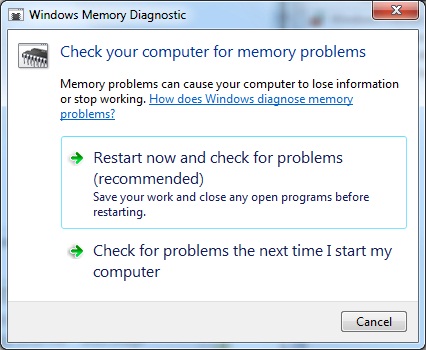
- Windows Powershell Modules: It is a way for you to organize Windows Powershell scripts and functions in order to make them easier to distribute to other users and computers. Windows PowerShell is an enhanced command-line interface that can be used to perform administrative tasks.














